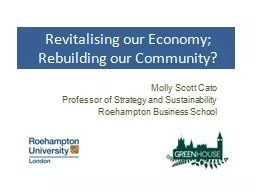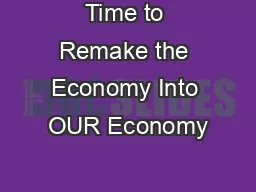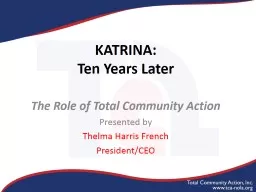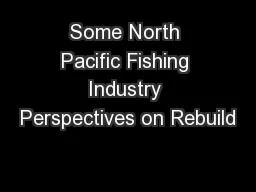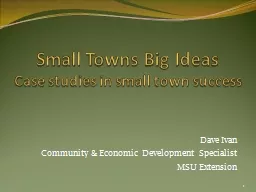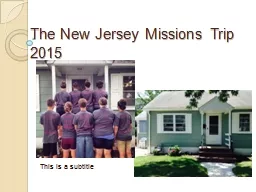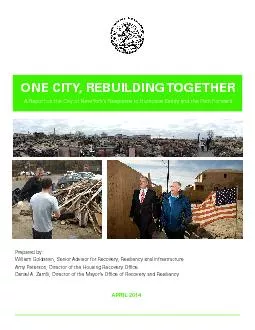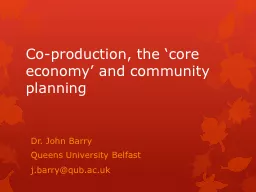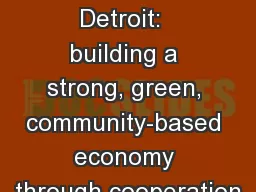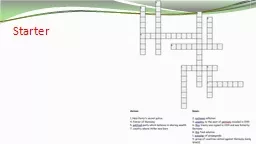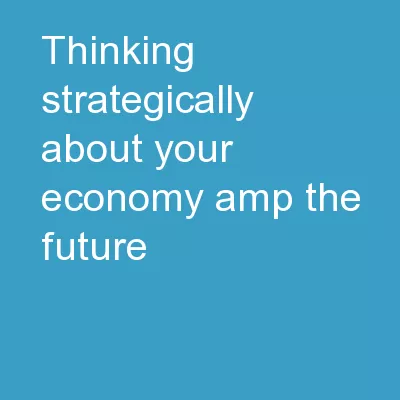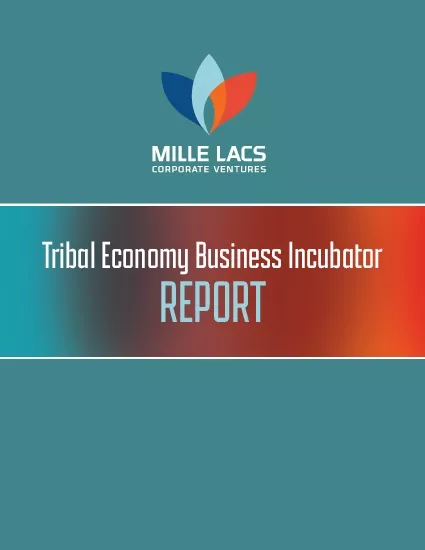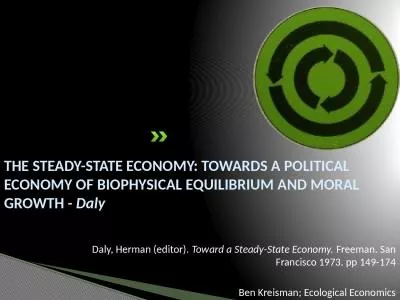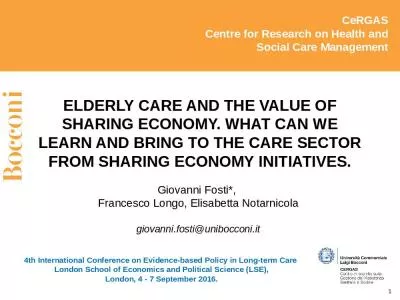PPT-Revitalising our Economy; Rebuilding our Community?
Author : karlyn-bohler | Published Date : 2016-10-16
Molly Scott Cato Professor of Strategy and Sustainability Roehampton Business School Only a crisisactual or perceivedproduces real change When that crisis occurs
Presentation Embed Code
Download Presentation
Download Presentation The PPT/PDF document "Revitalising our Economy; Rebuilding our..." is the property of its rightful owner. Permission is granted to download and print the materials on this website for personal, non-commercial use only, and to display it on your personal computer provided you do not modify the materials and that you retain all copyright notices contained in the materials. By downloading content from our website, you accept the terms of this agreement.
Revitalising our Economy; Rebuilding our Community?: Transcript
Download Rules Of Document
"Revitalising our Economy; Rebuilding our Community?"The content belongs to its owner. You may download and print it for personal use, without modification, and keep all copyright notices. By downloading, you agree to these terms.
Related Documents

